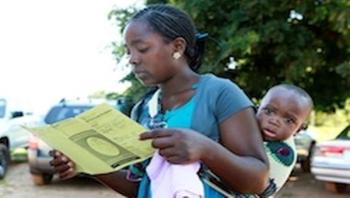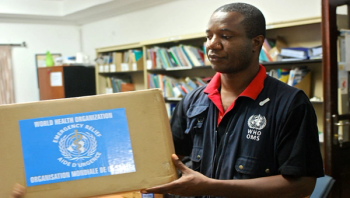
This report addresses the process by which sodium hypochlorite, the active ingredient in commercial bleach products, destroys disease-causing pathogens. It explains the science of how and why bleach is an effective disinfection agent, and presents information to address common misconceptions about bleach.






